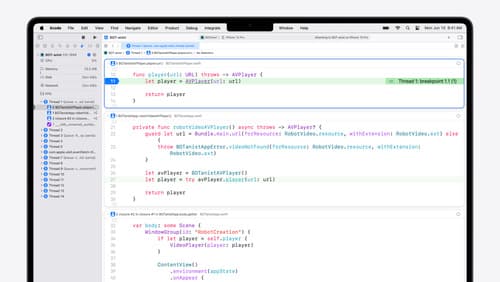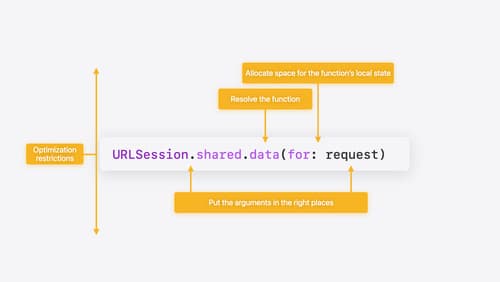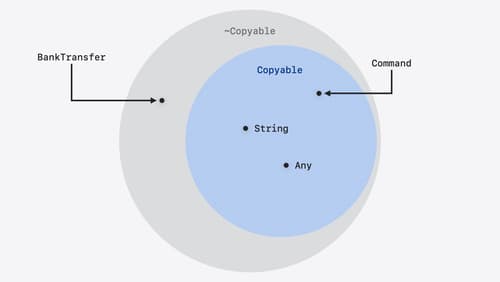Operation queue
Asked on 2024-07-31
1 search
Operation queues and concurrency management are discussed in several sessions at WWDC 2024. Here are some relevant points:
-
Migrate your app to Swift 6:
- This session discusses the hidden complexity of concurrency in apps, including the use of multiple concurrent queues and the main queue for UI work. It highlights the transition to Swift concurrency, where the main actor is used for UI and dedicated actors for background operations. This helps in organizing concurrency more clearly and avoiding data races.
- Delegate callbacks and concurrency are also covered, emphasizing the importance of understanding which queue or thread a callback will be executed on to avoid data races.
-
Explore Swift performance:
- This session delves into the performance aspects of async functions, including how they are split into partial functions to manage suspension points efficiently. This is crucial for understanding how Swift handles asynchronous operations and concurrency.
- Async functions are specifically discussed, explaining how they are managed in terms of memory allocation and execution.
-
What’s new in Xcode 16:
- The session introduces new tools in Xcode 16, such as the flame graph, which can help identify performance bottlenecks related to concurrency, like loading assets serially on the main thread.
- Meet the flame graph to understand how to visualize and optimize concurrent code execution.
-
A Swift Tour: Explore Swift’s features and design:
- This session provides an overview of Swift's concurrency features, including the use of
asyncandawaitfor task suspension and yielding the CPU to other tasks. - Concurrency is a key chapter that explains how to use these features effectively in Swift.
- This session provides an overview of Swift's concurrency features, including the use of
These sessions collectively provide a comprehensive understanding of how to manage concurrency in Swift, including the use of operation queues, actors, and async functions.

What’s new in Xcode 16
Discover the latest productivity and performance improvements in Xcode 16. Learn about enhancements to code completion, diagnostics, and Xcode Previews. Find out more about updates in builds and explore improvements in debugging and Instruments.

Explore Swift performance
Discover how Swift balances abstraction and performance. Learn what elements of performance to consider and how the Swift optimizer affects them. Explore the different features of Swift and how they’re implemented to further understand the tradeoffs available that can impact performance.

Consume noncopyable types in Swift
Get started with noncopyable types in Swift. Discover what copying means in Swift, when you might want to use a noncopyable type, and how value ownership lets you state your intentions clearly.
